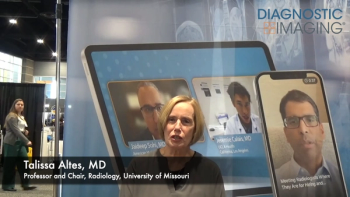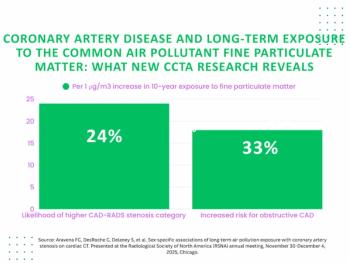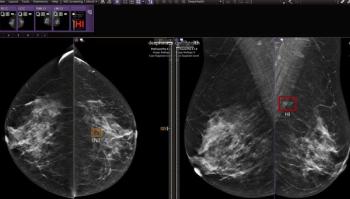
Philips prepares workflow package for nuclear medicine
Philips Medical Systems will launch the latest version of its JetStream Workspace at the Society of Nuclear Medicine meeting in San Diego next week.The enhanced product, Version 3.0, features new workflow and image-display capabilities. Incremental improvements have been made in cardiac, bone, renal, salivary, and brain imaging.
Philips Medical Systems will launch the latest version of its JetStream Workspace at the Society of Nuclear Medicine meeting in San Diego next week.
The enhanced product, Version 3.0, features new workflow and image-display capabilities. Incremental improvements have been made in cardiac, bone, renal, salivary, and brain imaging.
"There are a lot of little things that add up to a big improvement," said Deepak Malhotra, senior director of marketing and business development for Philips nuclear medicine.
Malhotra noted that this latest version of JetStream has more than 200 individual enhancements. Each is based on customer feedback obtained since the product was released in April 2005 as Version 2.0.
The newest version can be obtained in IDL programming language, which allows customers to develop and customize applications. The product, which is compatible with all of Philips' gamma cameras, will be available for delivery in fall.
Version 3.0, like its predecessor, will be available in configurations designed for general nuclear medicine, cardiac, and study review. The upgraded product will be available to all users, although general nuclear medicine customers will benefit the most, Malhotra said.
The software is essentially complete right now, Malhotra said, but there may be "a few tweaks" before it begins shipping commercially.
"We will go through extensive clinical validation at customer sites," he said. "Based on their feedback, we might make some last minute adjustments."
Philips is counting on getting advice from at least five clinical sites.
Newsletter
Stay at the forefront of radiology with the Diagnostic Imaging newsletter, delivering the latest news, clinical insights, and imaging advancements for today’s radiologists.




























